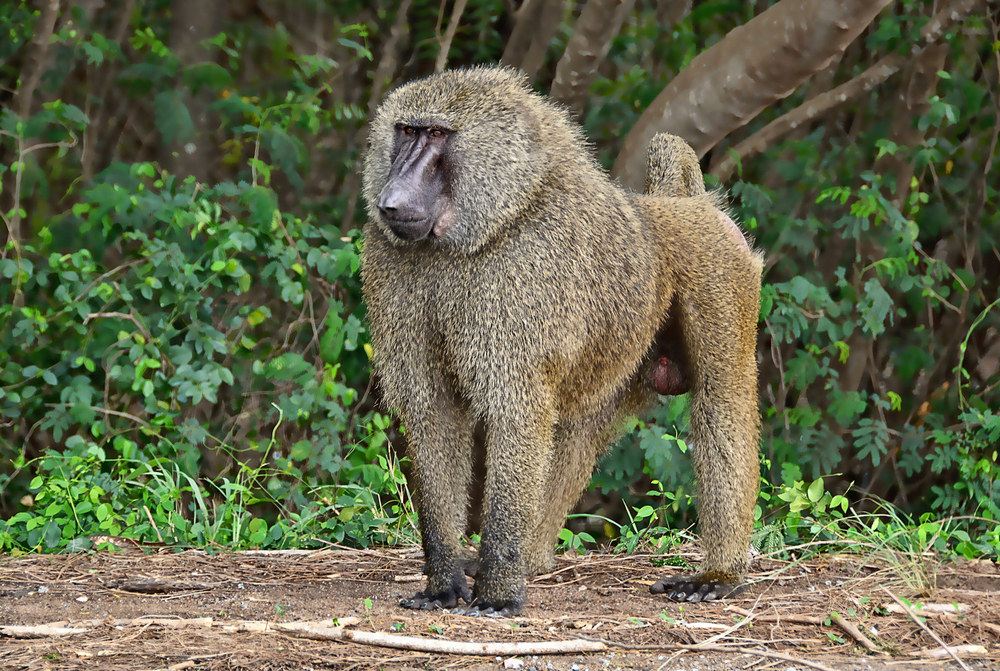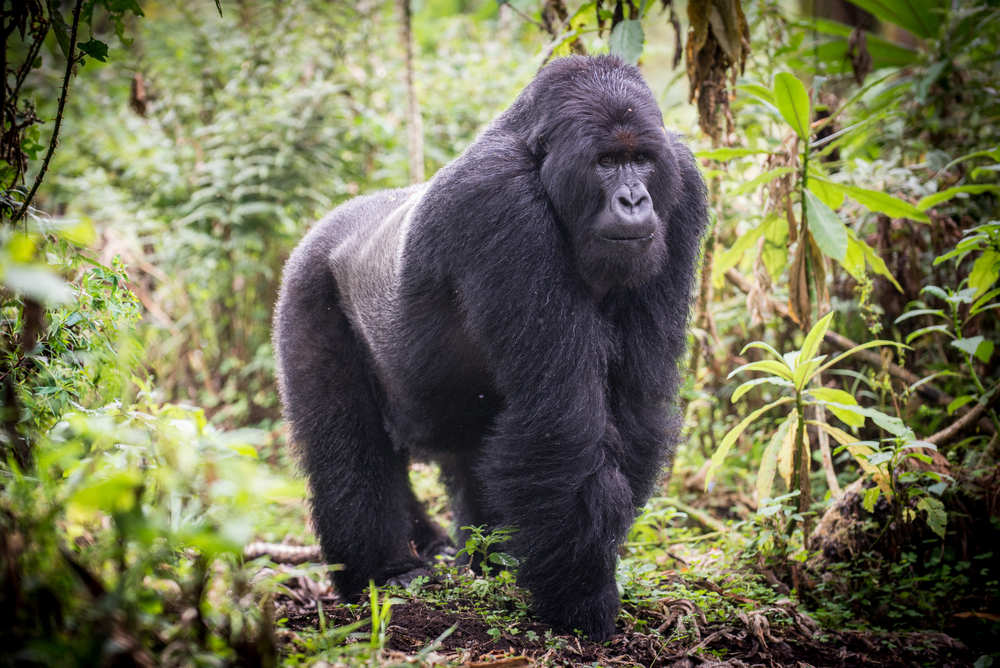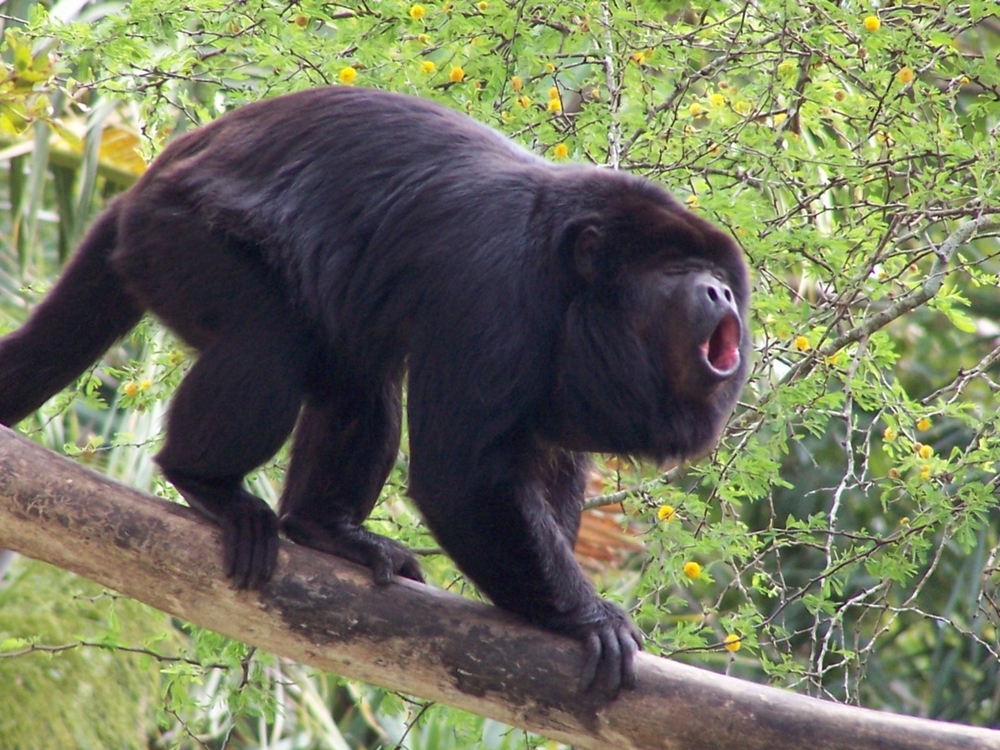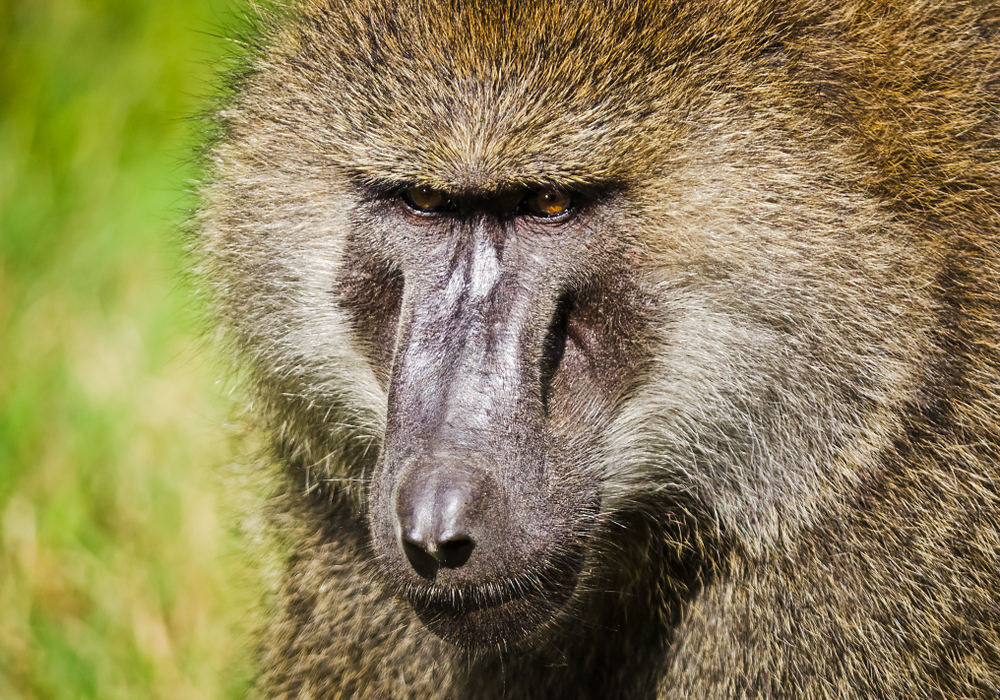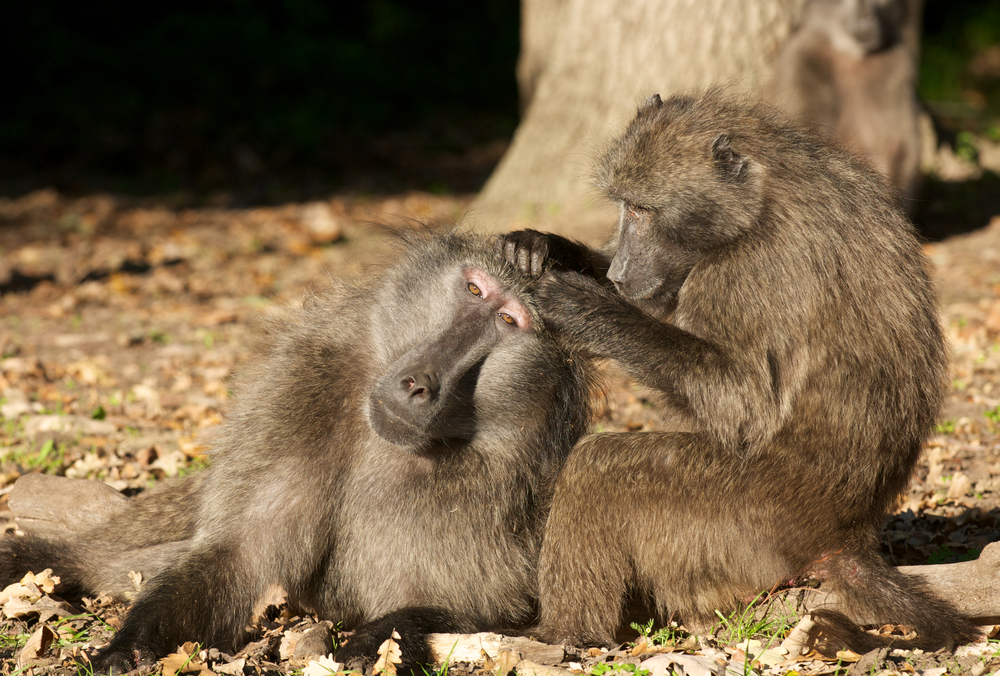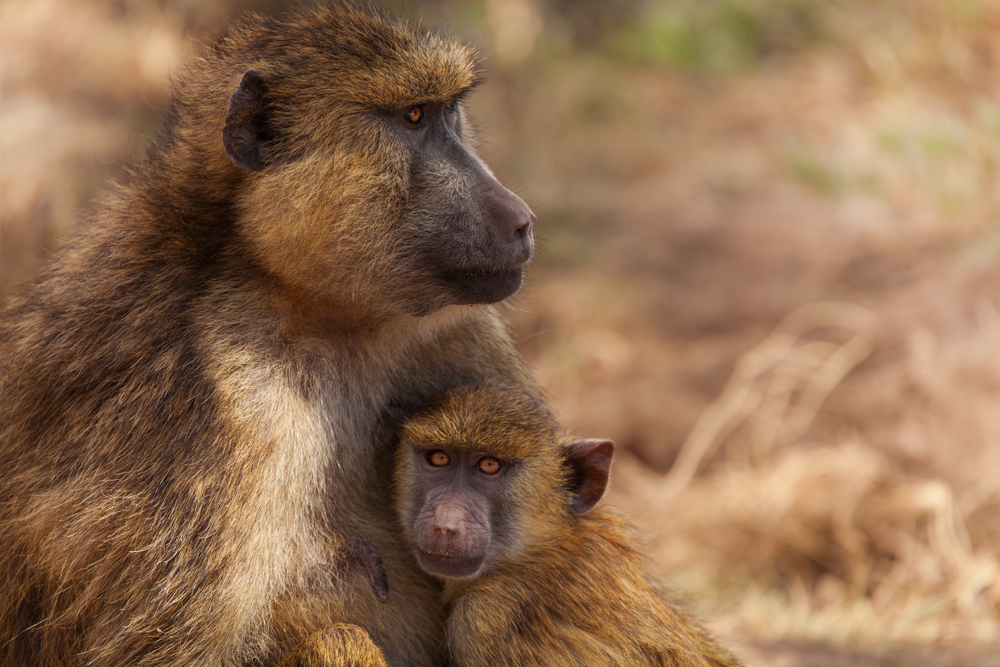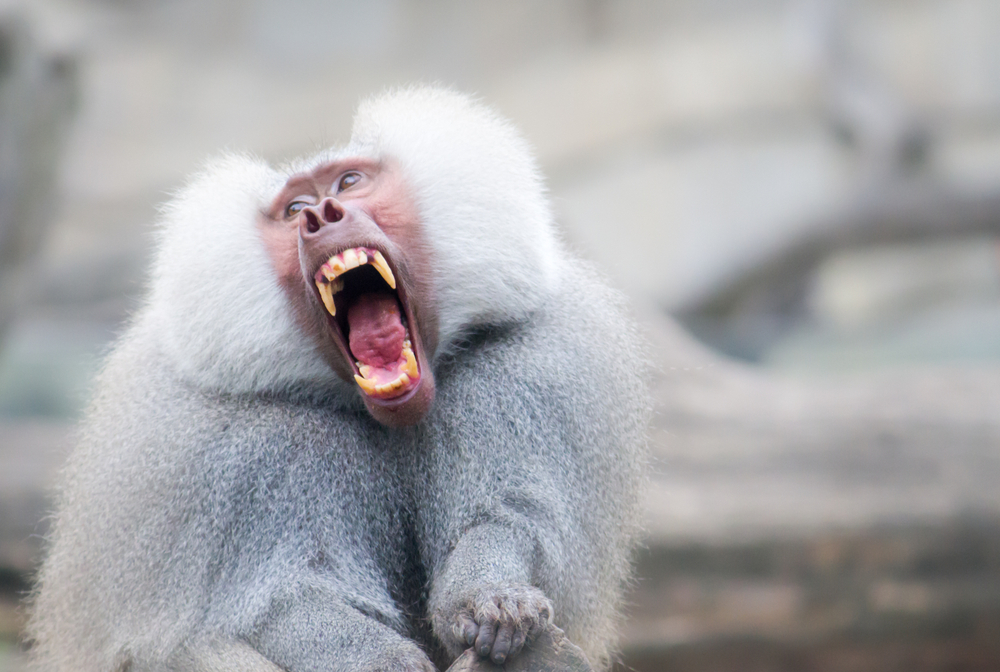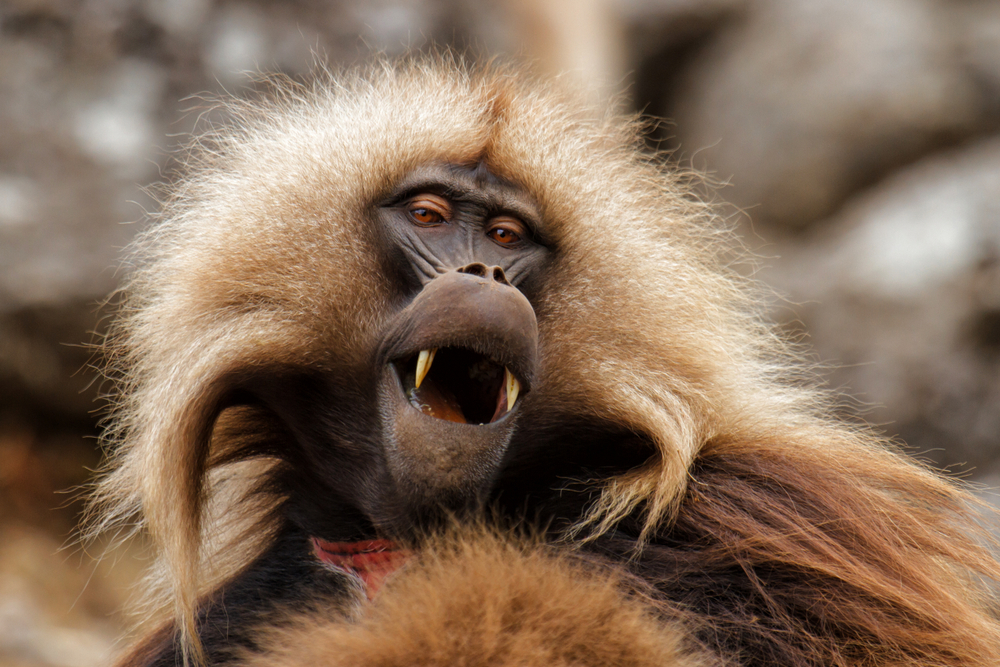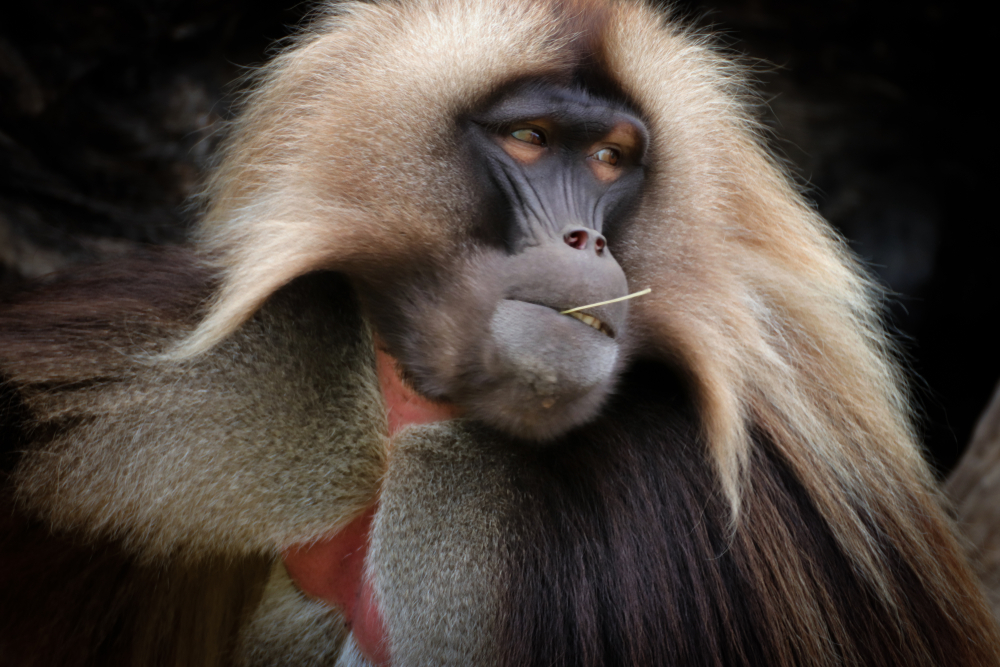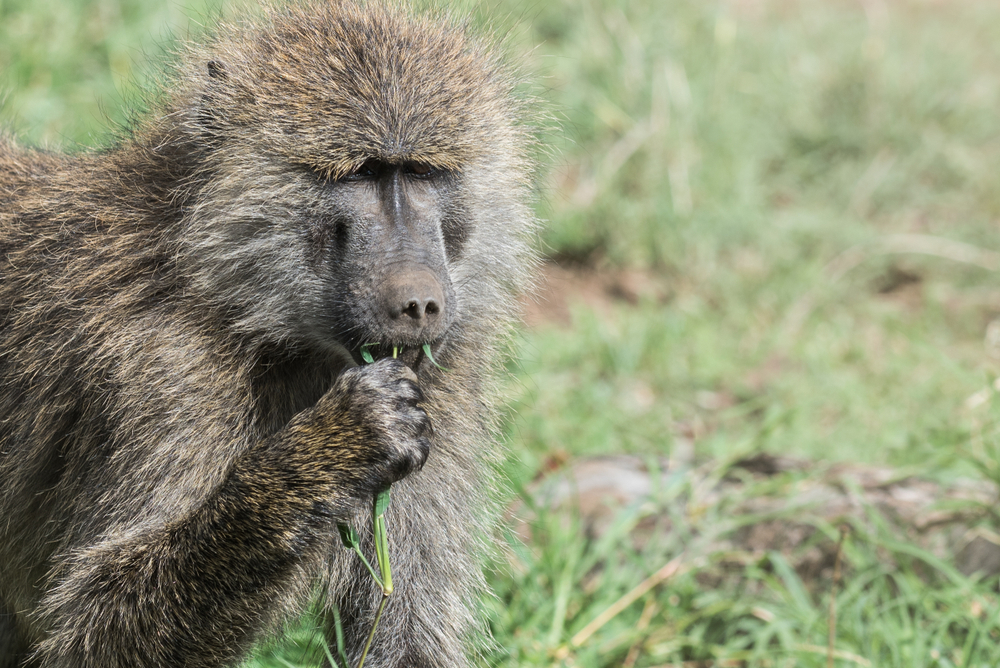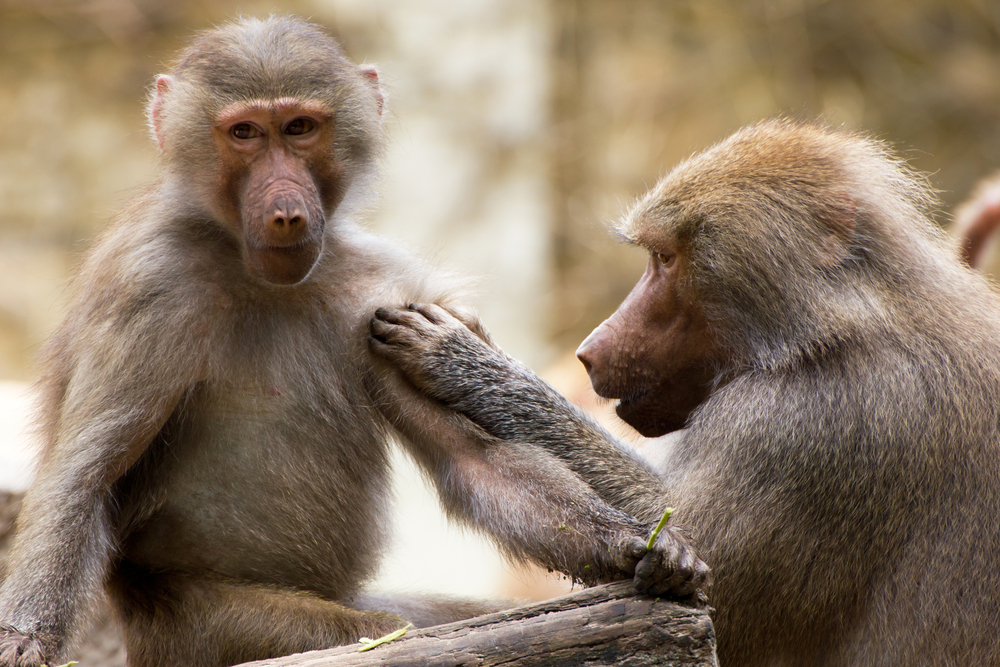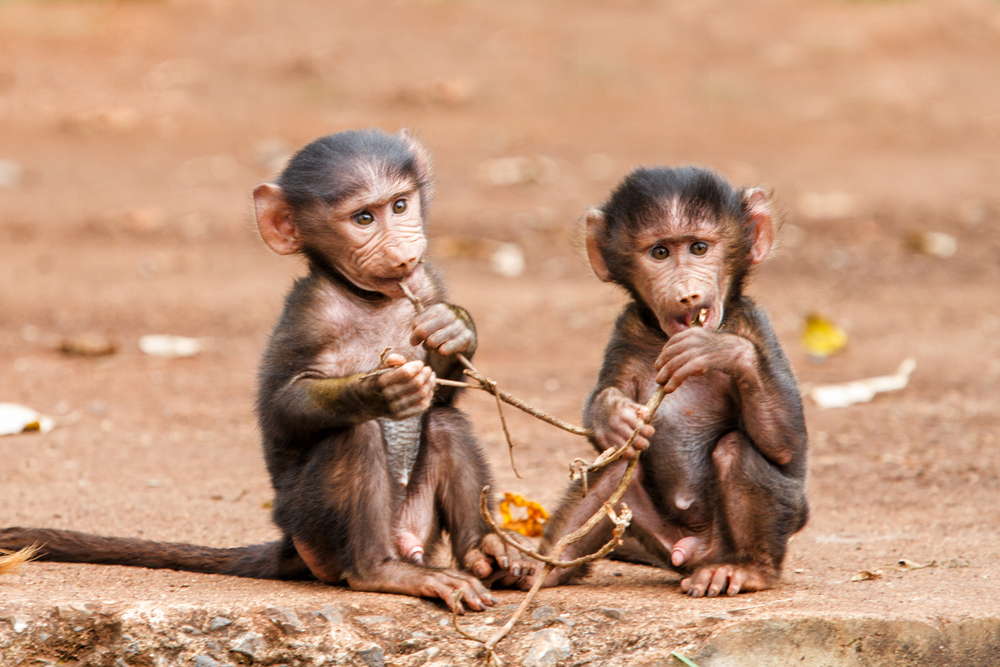About
#Mammals
#Omnivore
#Primate
The Baboon, scientifically known as Papio, is a highly adaptable and intelligent primate found across various habitats in Africa and parts of Asia. Belonging to the family Cercopithecidae, which includes monkeys and apes, Baboons play a significant role in the Animal Kingdom as social and versatile omnivores.
Baboons exhibit diverse physical characteristics depending on the species, but they generally have dog-like muzzles, long tails, and powerful limbs. They vary in size, with males typically larger than females, and their fur can range from olive-green to brown or gray. Notably, Baboons have distinctive ischial callosities (thickened patches of skin) on their buttocks, which serve as cushions during prolonged sitting.
Baboons inhabit a wide range of environments, including savannas, woodlands, and semi-desert regions, where they form complex social groups known as troops. These troops consist of multiple males, females, and their offspring, organized into hierarchical structures led by dominant individuals. Baboons are opportunistic feeders, consuming fruits, leaves, seeds, insects, small mammals, and occasionally scavenging from human settlements.
Baboons are opportunistic feeders, consuming fruits, leaves, seeds, insects, small mammals, and occasionally scavenging from human settlements. Their varied diet enables them to adapt to different habitats and seasons, contributing to their widespread distribution and survival in diverse ecosystems.
Conservation Status
The conservation status of Baboons varies depending on the species and region, but most populations are currently classified as least concern by the International Union for Conservation of Nature (IUCN) Red List. However, habitat loss, fragmentation, and human-wildlife conflict pose significant threats to some Baboon populations, particularly those living in areas undergoing rapid development or facing increased human encroachment. Efforts to conserve their habitats and mitigate human-wildlife conflict are essential for ensuring the long-term survival of Baboons in the wild
Threatened:
Extinct
Critically Endangered
Endangered
Vulnerable
Near Threatened
Least Concern






























































